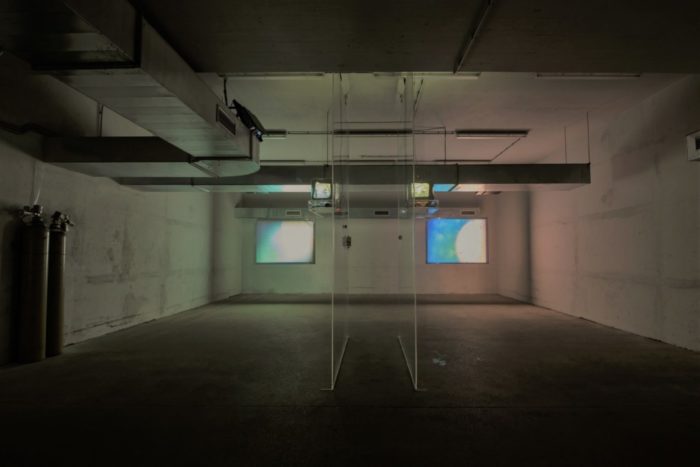
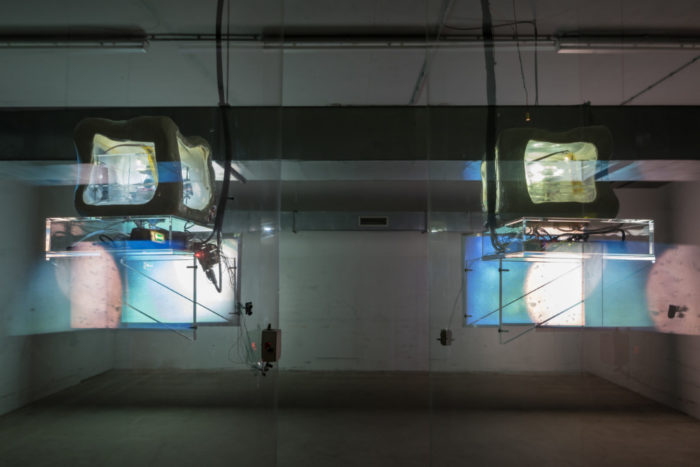
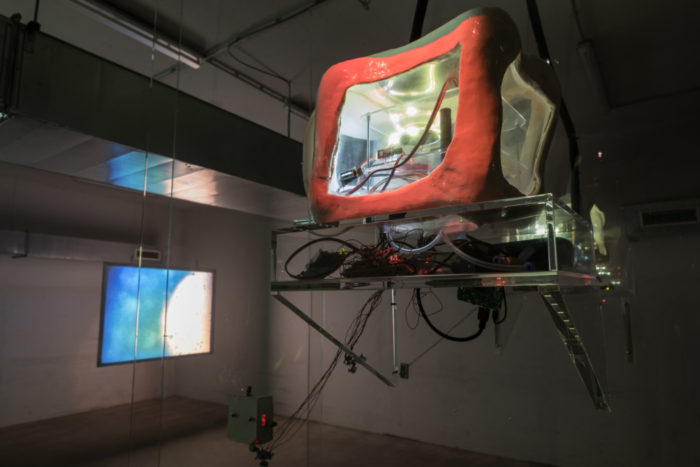
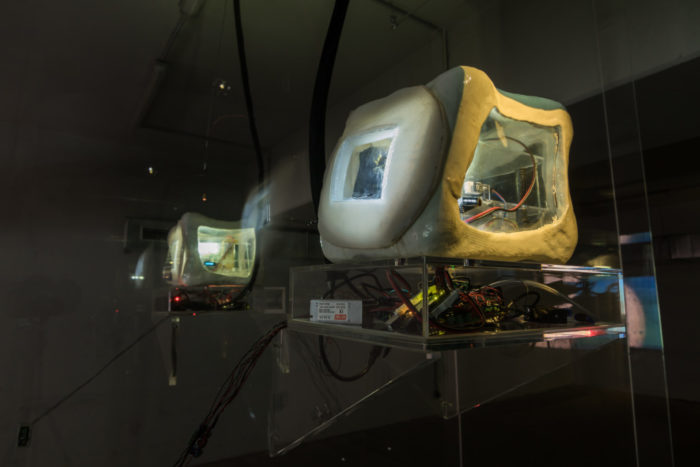
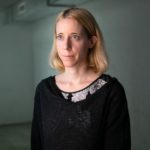
In the project ‘Infinite in-between’ the author discusses the intermediate field between objectified medical diagnosis and anomalies that avoid this enforced objectivity. The viewer watches the culture of cancer cells, juxtaposed by the author’s, in incubators, which conventional diagnostic practice explores using standardised procedures, laid down by scientific language. On the basis of defined values, a mark on the aggressiveness of the cancer cells in the patient’s sample is given or, in the case of the author’s cells, the sample is analysed using a flow cytometer. The test environment of the artistic project of monitoring cell cultures is carried out intuitively, using sound and focused beams of light that make perceptible something that is otherwise undetectable or uncatchable. In quantum mechanics, it is valid, that the measurement is that which ‘does something’ to the object being evaluated. In the scientific experiment ‘double-split experiment’, scientists confirmed that the atom acts differently if we view it. If the atom is not watched, it behaves as a wave and otherwise as a particle. This quantum paradox is also known in quantum biology, from where Založnik draws inspiration for the artistic layout, in which the visitor with his / her presence / perception impacts the development in cell culture. Roger Penrose in his book ‘Emperor’s new mind: Concerning Computers, Minds and The Laws of Physics’ (1989) advises that the decision on the collapse of the wave function when carrying out measurements and coupling of the scheme is due to only one possible condition related to consciousness and processes, which are incomputable (incalculable), and also linked to microtubules in the head. In the test installation surroundings of ‘Infinite in-between’, it is the visitor himself that causes coupling or incoherence from the offered audio-visual superposition state (the system exists in several states at the same time) at a single possible position, and thus fixes a particular system itself. The situation is similar in strength to techniques for adjusting the view as we know from the appearance of fine theories, where anamorphic marks in the viewer’s reception system are formed into meaningful images.
Mojca Založnik





